I’ve been on the core protocol plus stephania for about a month and a half. I’m currently taking 2 each 3x day, which I got to in about 2 weeks, and have stayed there so far. I was on 20 mg+ hydrocortisone for about a year and a half for adrenal insufficiency (it was BAD). I found that very soon after getting to the 2 stephania 3x day, I was able to lower my hydrocortisone dose to about 12.5 mg. As I am trying to wean off hydrocortisone, this is really good.
I’m wondering if stephania root has some cortisol-like properties? Because this didn’t happen a few months ago when I did a month and a half on the core protocol without stephania. (I had major depression/fatigue herxing then, and went to 2 months antibiotics, with the same herx results, by the way…). These days I am not experiencing the same intense herxing, which is great. I also did a month of cryptolepis, and it was WONDERFUL—definitely improved something (one doctor suspects bartonella and the other babesia). All I know is I saw more improvement in that month than in the last year and a half.
To the point, if stephania does have cortisol-like properties, would it also somewhat suppress the adrenals like hydrocortisone does, or is there some other effect which just improves adrenal function? Thanks for everything.
Stephania WILL NOT suppress adrenal function; I am not sure why it is having this effect for you but it sounds great. It simply may be that the protocol is raising adrenal function, which it should over time.





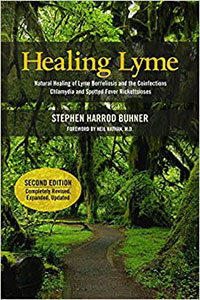
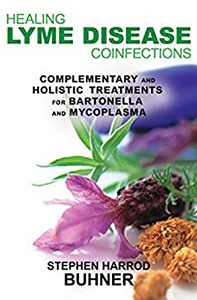
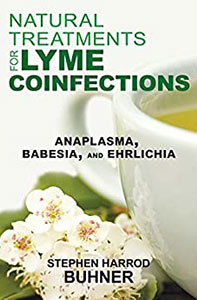
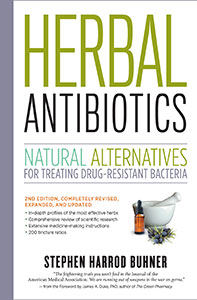
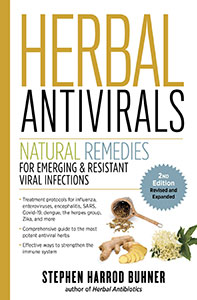



0 Comments